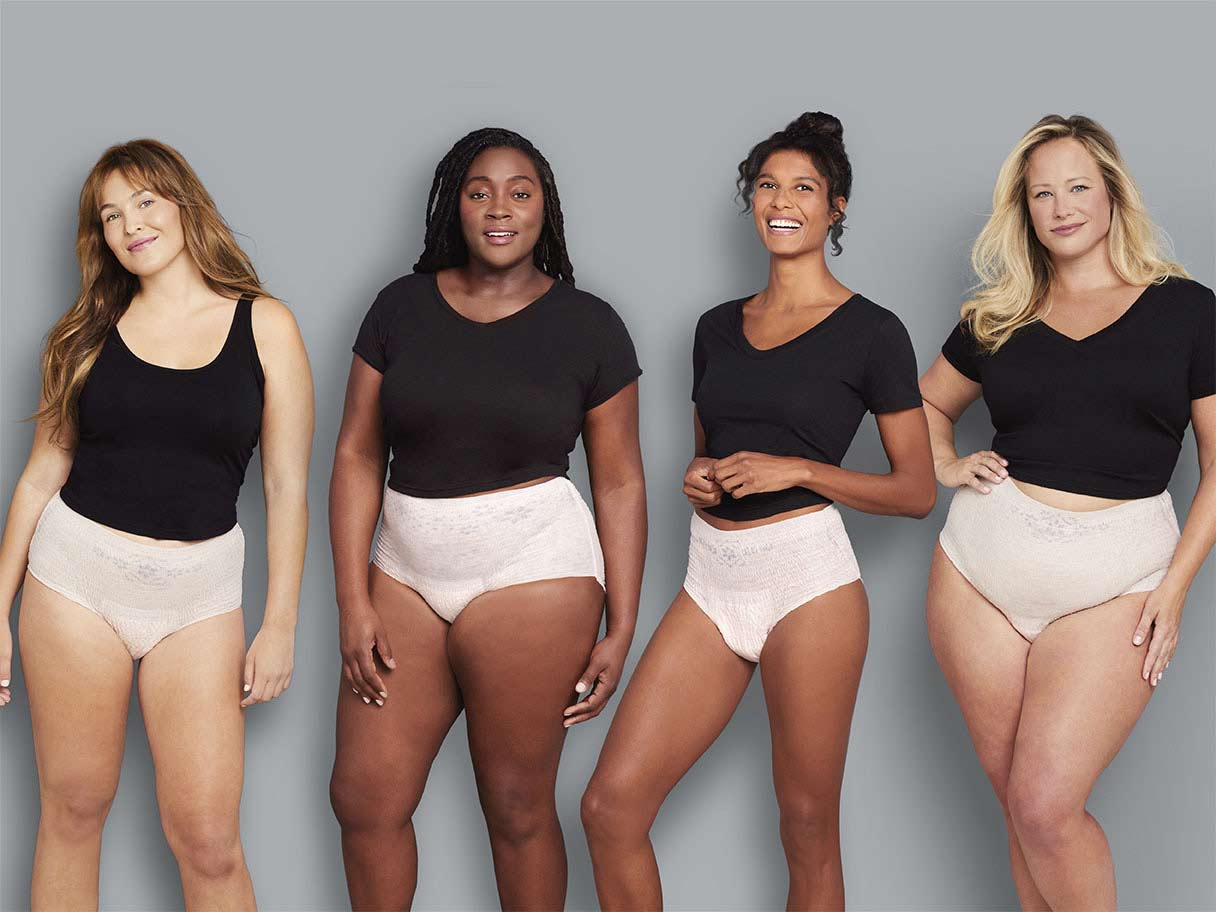Causes Of Incontinence
Menopause and Urinary Incontinence
11 Sep, 2023
What is menopause?
True Menopause is a point in time 12 months after a woman's last period. Menopausal transition includes perimenopause, menopause and postmenopause and most often begins between the ages of 45 to 55. This transition commonly lasts about seven years but can be as long as 14 years. Unfortunately, menopause can cause many unpleasant symptoms that worsen the quality of life of women.
Stages of menopause
There are three stages of menopause: perimenopause, menopause and postmenopause.- Perimenopause is the time transition to menopause. Estrogen and progesterone hormones begin to decline, and menstrual cycles become erratic and irregular. Other common menopausal changes include hot flashes, bladder symptoms, vaginal dryness and sleep disturbance.
- Menopause occurs when you’ve stopped producing the hormones that cause your menstrual period and have gone without a period for 12 months in a row.
- Postmenopause is the time after menopause has occurred. Once this happens, you're officially postmenopausal.
Menopause, postmenopause and urinary incontinence
Every woman will eventually go through menopause in her lifetime. During this time, the body goes through many changes, most significantly a significant decrease of estrogen production by the ovaries. The significant drop of estrogen levels not only causes many of the menopausal symptoms, but also leads to changes that can impact on bladder function. Urinary incontinence is an important social problem that affects more than 50% of postmenopausal women.
- Weakened pelvic floor muscles: As a result of this weakening, there is less bladder control, with an increased sense of urinary urgency and frequency. There is also an increased risk of pelvic organ prolapse, where there is a loss of the support of the vagina due to weakening or tearing of the pelvic muscles or connective tissue, causing a dropping/bulging of the pelvic organs including the bladder, uterus and rectum.
- Genitourinary syndrome of menopause (aka GSM): Estrogen receptors are present in the female urethra and opening into the bladder. Potential urinary symptoms of menopause, due to the significant decrease in estrogen levels, include pain with urination, urinary frequency, and urgency.
- Vaginal changes: Estrogen depletion alters vaginal secretions, vaginal pH and the bacterial environment. With an increasing vaginal pH environment following menopause loss of healthy bacteria, the risk of UTI increases during this time.
- Weight gain: It’s not uncommon for some women during perimenopause or menopause to gain weight, which can contribute to pelvic floor weakening by placing excess strain on your muscles.
- Surgery: Common procedures during perimenopause or menopause include hysterectomy or prolapse repair which can contribute to incontinence.
How to manage urinary Incontinence during your perimenopause and menopause
While menopause may be inevitable, there’s a range of options that can help you manage bladder leaks. Here are some of tips and tricks for you during this time:- Take an action - Instead of accepting the “Normal”, talking to your health care provider about changes your body is going through and proactively search for the most effective and feasible solution for you.
- Modify your diet and fluid intake – Avoid foods that can irritate the bladder, such as caffeine, sugar, artificial sweeteners, alcohol, spicy and acidic foods. Also remember to drink enough water, generally around 6 to 8 cups a day.
- Pelvic floor strengthening – Kegels and other pelvic floor exercises can keep your pelvic floor in good shape. You may consult with a physical therapist who specializes in pelvic floor function. They can help you develop an exercise plan.
- Incontinence products – There is a plethora of products that can keep you discreetly protected from bladder leaks you can select to fit your personal lifestyle, such as: Depend® incontinence briefs, underwear and pads for men , Depend® incontinence underwear and briefs for women , Poise® incontinence pads and liners for women .
- Pessaries – A pessary is a small device that’s inserted into the vagina to support the vaginal wall and in turn the bladder, and women use them for stress urinary incontinence.
- Medications – there are several medications that are specifically designed to treat overactive bladder and urge incontinence by calming your bladder muscles. However, there is no approved drug in the US for stress incontinence.
- Office Based Procedures – There are procedures that could be performed in the office base setting to treat overactive bladder and stress urinary incontinence.
- Surgery – If your incontinence has become unmanageable, or other options have failed to work, surgery may be worth exploring.
- What Is Menopause? https://www.nia.nih.gov/health/what-menopause
- Postmenopause https://www.mayoclinic.org/diseases-conditions/menopause/symptoms-causes/syc-20353397
- Gyhagen M, Åkervall S, Molin M, Milsom I. The effect of childbirth on urinary incontinence: a matched cohort study in women aged 40-64 years. Am J Obstet Gynecol. 2019 Oct;221(4):322.e1-322.e17. doi: 10.1016/j.ajog.2019.05.022. Epub 2019 May 21. PMID: 31121136.
- Chaliha C. Postpartum pelvic floor trauma. Curr Opin Obstet Gynecol. 2009 Dec;21(6):474-9. doi: 10.1097/GCO.0b013e328332a84e. PMID: 19855276.
- Rosenblum N. Update in Female Hormonal Therapy: What the Urologist Should Know: NYU Case of the Month, December 2020. Rev Urol. 2020;22(4):182-185. PMID: 33927578; PMCID: PMC8058921.
- Kołodyńska G, Zalewski M, Rożek-Piechura K. Urinary incontinence in postmenopausal women - causes, symptoms, treatment. Prz Menopauzalny. 2019 Apr;18(1):46-50. doi: 10.5114/pm.2019.84157. Epub 2019 Apr 9. PMID: 31114458; PMCID: PMC6528037.
- Bachmann G, Pinkerton JV. Genitourinary syndrome of menopause (vulvovaginal atrophy): Clinical manifestations and diagnosis. In: UpToDate, Post TW (Ed), UpToDate, Waltham, MA. (Accessed on June 4, 2023.)
Reviewed by Harvey A Winkler, MD, MBA, Urogynecologist
Kimberly-Clark Canada makes no warranties or representations regarding the completeness or accuracy of the information. This information should be used only as a guide and should not be relied upon as a substitute for professional medical or other health professional advice.



